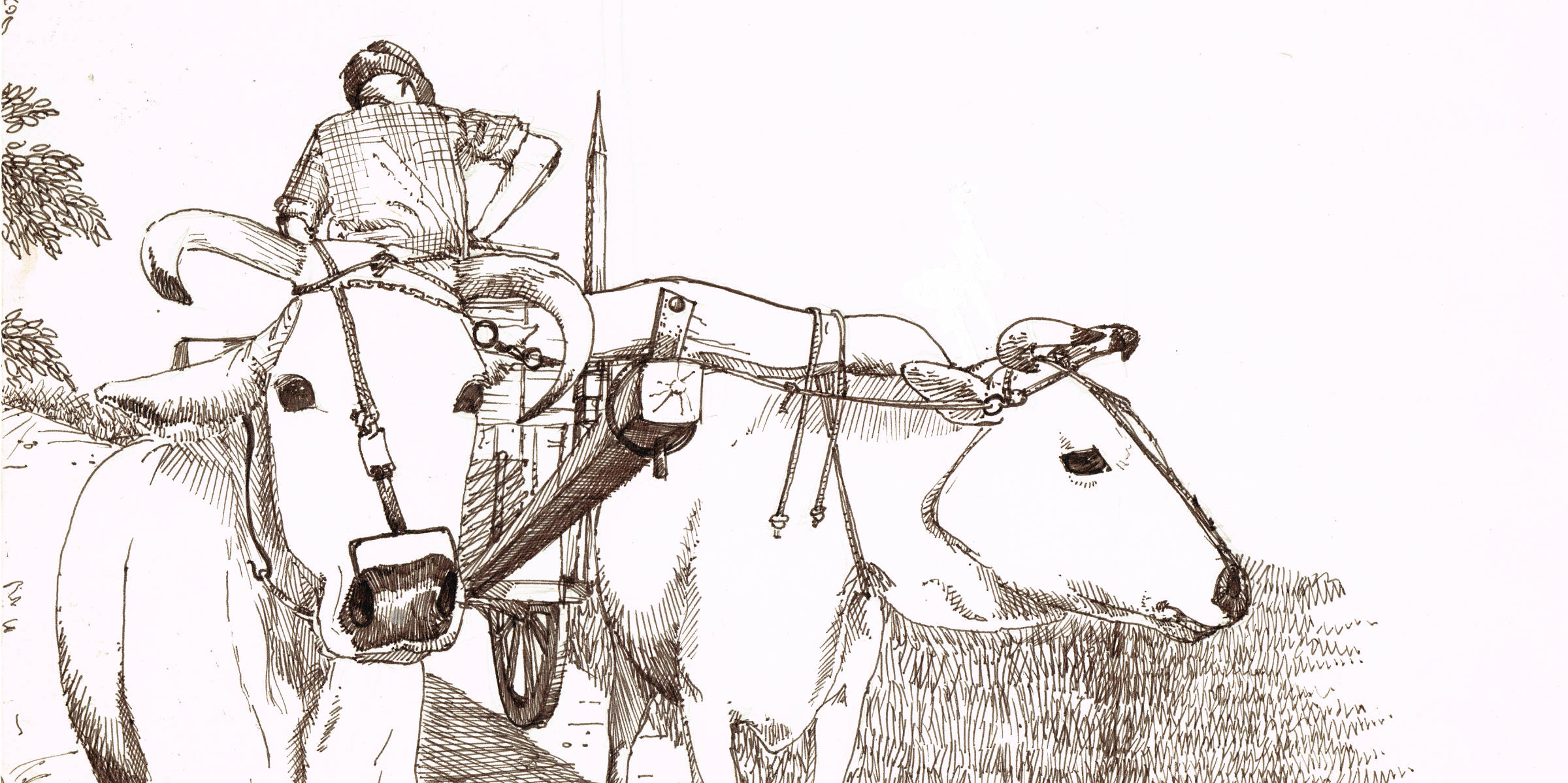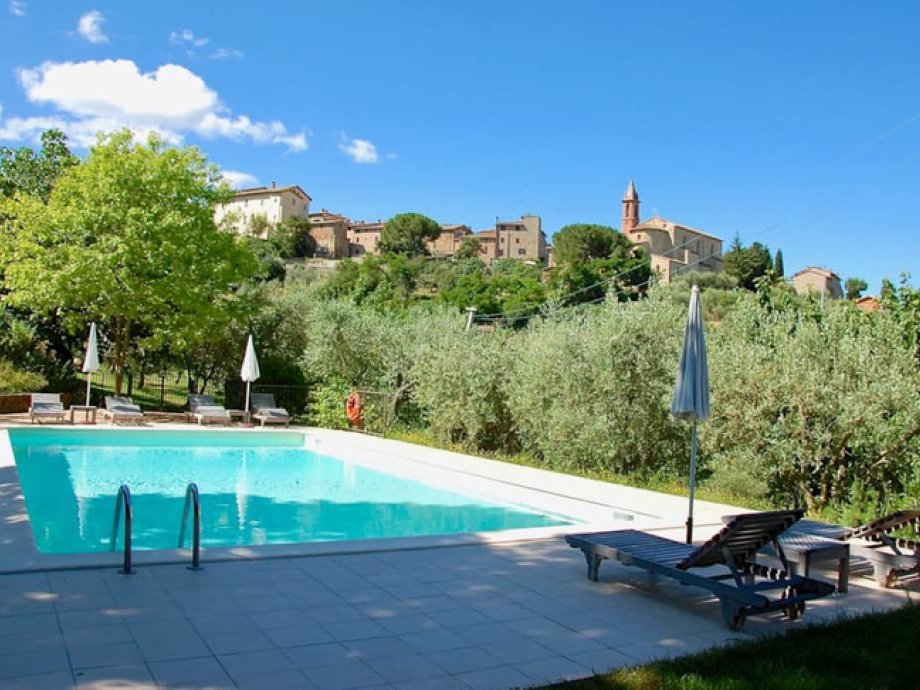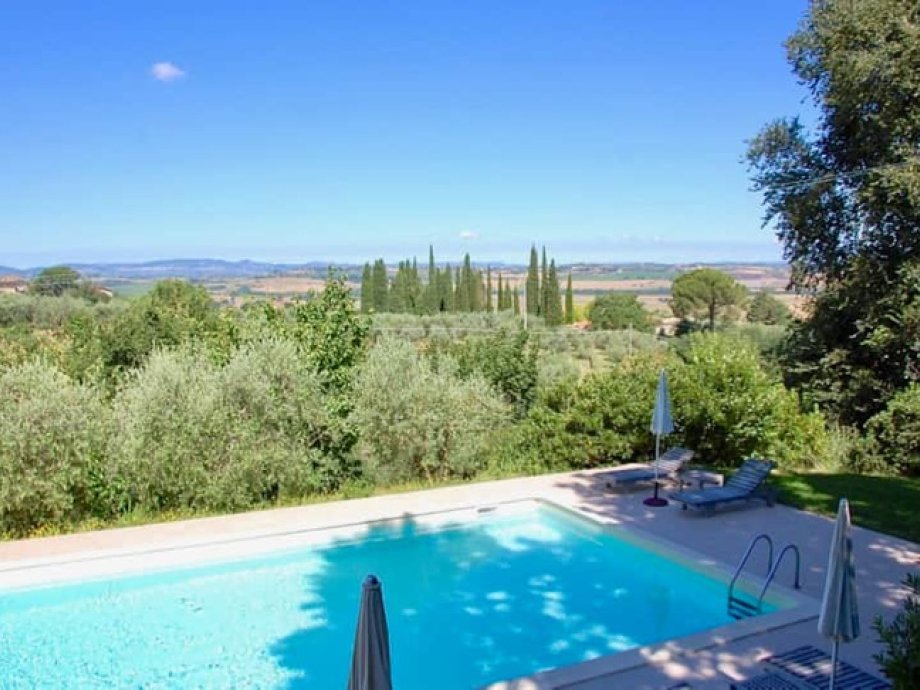The valley of the Chiana river stretches wide, extending from the Tuscan provinces of Arezzo and Siena to the Umbrian provinces of Perugia and Terni and taking in over 22 municipalities. Historically, much of it was a vast and marshy floodplain and it is not surprising that most of its beautiful cities sit high on the bordering hills and have magnificent views of the valley floor.









